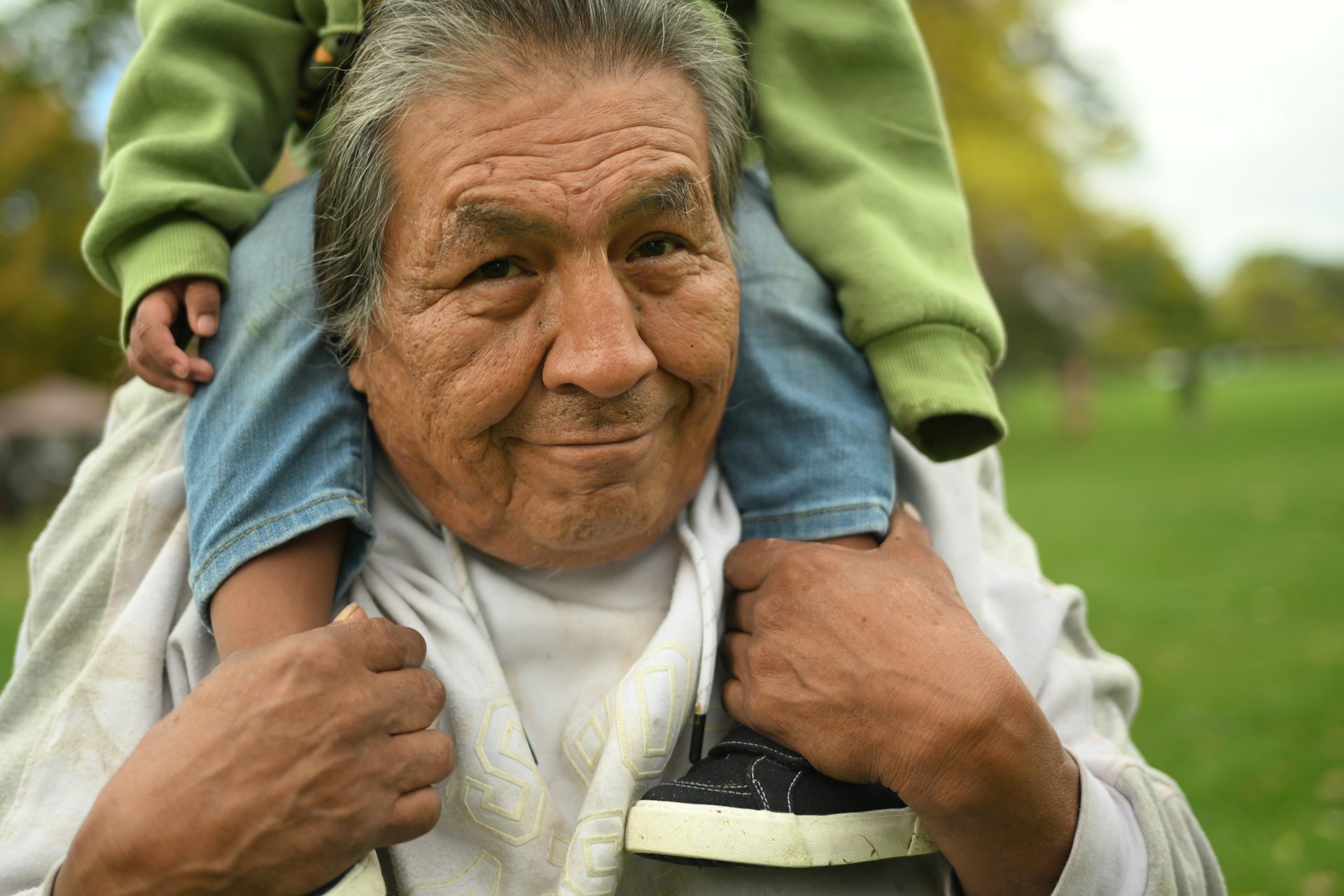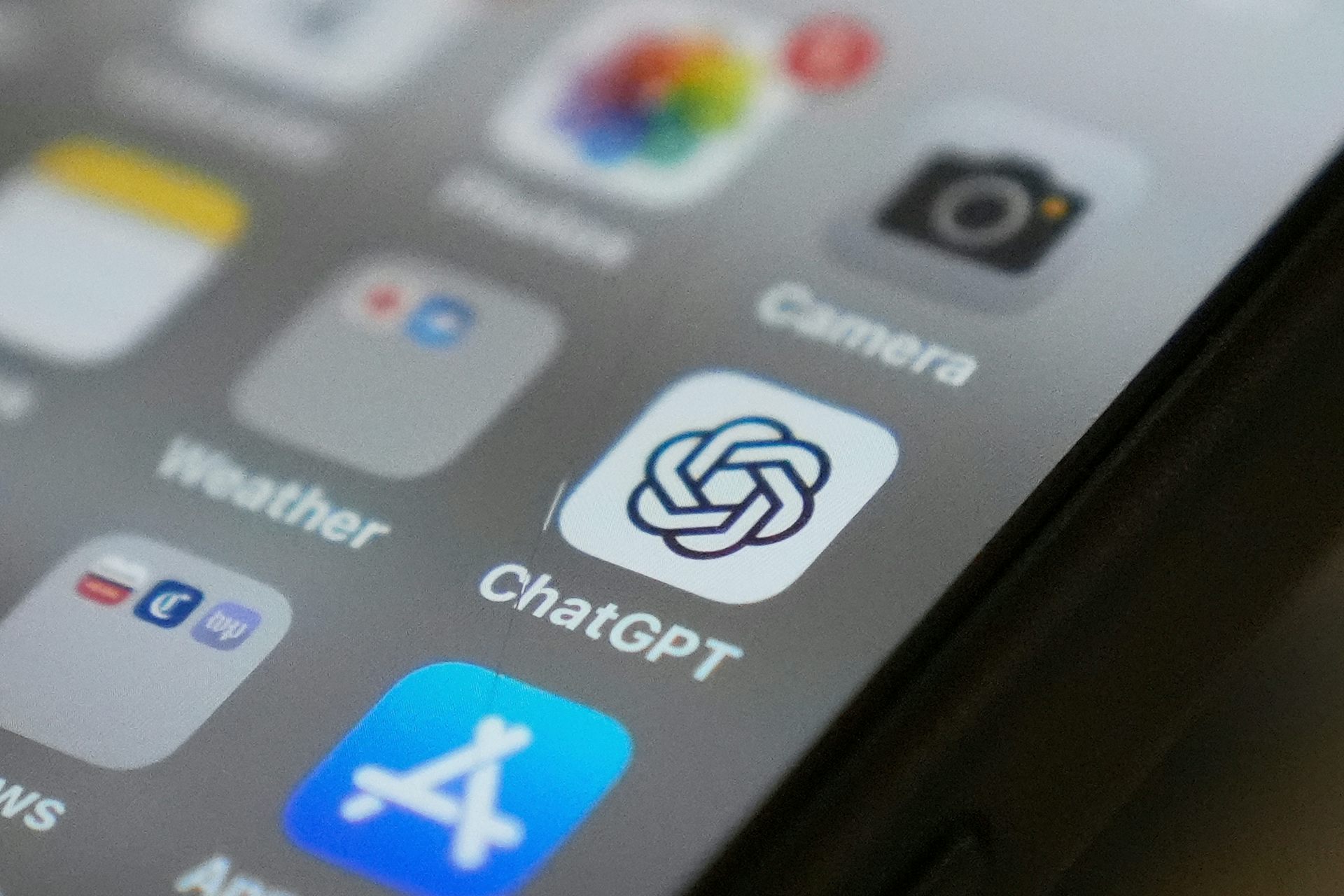How to make sure we all benefit when nonprofits patent technologies like CRISPR
Holding patents can be a lucrative and powerful position to be in. Here's a proposal for how nonprofit patent holders can do more for the common good – and live up to their end of the tax break bargain.

Universities and other nonprofit research institutions are under increasing fire about their commitments to the public interest. In return for tax-exempt status, their work is supposed to benefit society.
But are they really operating in the public interest when they wield their patent rights in ways that constrict research? Or when potentially lifesaving inventions are priced so high that access is limited? The public partially underwrites nonprofit discoveries via tax breaks and isn’t seeing a lot of benefit in return.
Questions like these arose recently in the case of CRISPR, the promising new gene-editing technology. After patenting it, the Broad Institute of MIT and Harvard sold the exclusive right to develop CRISPR-based therapies to its sister company Editas Medicine. Critics worry that this monopoly could limit important research and result in exorbitant prices on emerging treatments.
We’ve seen this situation before: For example, Xtandi, a prostate cancer drug developed and patented by researchers at the University of California-Los Angeles, now costs US$129,000 for a course of treatment.
Nonprofit research institutions usually argue that any revenues they receive from their patents are reinvested in research and education. They contend this approach ensures that new technologies become widely available in the marketplace.
But I argue that nonprofit institutions can and should do better. At a moment of spiraling drug costs and declining trust in our science and technology policy institutions, they must develop a more sensitive and systematic way of thinking about the public interest in their intellectual property strategies. I offer one possible path.
The logic of licensing
Nonprofit research institutions’ understanding of the public interest is based on a U.S. innovation logic that dates back to the country’s founding. Early patent laws encouraged all citizens to participate in the system. The more people who took advantage of the exclusive property rights afforded by a patent, the thinking went, the more robust the private sector, the more economic growth and the more new technologies available.

This logic guided passage of the 1980 Bayh-Dole Act, which lets universities, small businesses and nonprofits own patents for inventions and discoveries that stem from federally funded research.
The law was triggered by policymakers’ concerns that companies were hesitating to commercialize federally funded inventions. Because the federal government paid for the research, it was unclear who – if anyone – owned the inventions that resulted. Companies worried that because the research results were in the public domain and unprotected by patents, they’d face competition and limited profits if they decided to develop a technology further.
But if nonprofits and small businesses could patent the inventions they developed, then they could exclusively license these inventions and defuse the threat of competition. Both the research institutions and companies would benefit. So too would the public because it would gain access to new technologies. It seemed like a win-win-win.
Licenses are first step to profits
In the wake of Bayh-Dole, many research institutions created technology transfer offices to help faculty and staff patent and sell their innovations. These offices secure patents and then work to license the patented inventions and discoveries. The licenses come in two flavors. “Exclusive” means the company will have the sole license to develop the invention. “Non-exclusive” allows the university to sell multiple licenses on a single patented invention.
Exclusive licenses, like those negotiated by the Broad and UCLA in the cases of CRISPR and Xtandi, are common, but also controversial. Perhaps most famous is the exclusive license on Zerit, an important AIDS drug produced by researchers at Yale University. In 1998, Yale licensed its Zerit patent to Bristol Myers Squibb. The pharmaceutical company developed the drug further and eventually priced it so high that it was unaffordable for many in the developing world, where the AIDS crisis was severe.
Doctors without Borders, working with Yale students, successfully pressured the Yale administration to allow a South African company to create a generic version of the drug, and the price dropped by 96 percent. This activism spawned the advocacy group Universities Allied for Essential Medicines, which now operates 100 chapters in 18 countries across the world.

Holding back on some licenses
Companies usually expect universities to sell them exclusive licenses to exploit their patents. They’re banking on the big profits that presumably come from having a monopoly on a valuable technology. Universities usually acquiesce because they too want to make the product available and generate maximum revenue.
But some universities have responded to UAEM’s activism. For instance, Harvard now reserves its right to license patents nonexclusively for humanitarian purposes in low-income countries. It accepts the potential for a smaller revenue stream as a trade-off for lower drug prices and greater accessibility. Such provisions would come in handy for patents on essential medicines that could, say, cure Zika or HIV/AIDS.
Meanwhile, in other areas that raise significant moral, environmental and public health concerns, nonprofit research institutions are experimenting with “ethical licensing.” To prevent the abuse of their patented technologies, these licenses come with limits.
The Broad Institute’s exclusive licenses on the CRISPR technologies, for example, have multiple restrictions. Licensees may not use the gene-editing technology to modify human embryos, alter the ecosystem or grow stronger tobacco plants. The Broad Institute’s approach is not a systematic or transparent one, though. It’s not clear, for example, how or why the organization decided on these restrictions, and under what circumstances it would decide to issue restrictions on its other patents.

A better solution
While promising, these efforts are still rare and ad hoc. I propose a better, more methodical, solution. Stand-alone nonprofit research institutions, universities and university-based hospitals should create intellectual property governance committees that would review pending patents and licenses. These committees would include not just patent lawyers, but also experts on innovation in its social, economic and historical context, ethicists and members of the public.
There’s a good precedent for this approach. In the latter part of the 20th century, in response to revelations of unethical biomedical research conducted by university faculty, the federal government began to require that all institutions getting federal funds develop a research ethics infrastructure. Now all federally funded research in the U.S. involving human subjects – no matter what kind of institution conducts it – must be approved by an institutional review board. These are made up of scientists, lawyers, at least one member of the public and others with expertise in the responsible conduct of research.
Similarly, the intellectual property governance committees I’m proposing would help ensure that society benefits from the patenting and licensing practices of these tax-exempt institutions. They would also build public trust, strengthening the case that these institutions deserve their tax breaks.
Suppose researchers at a nonprofit research institution develop a drug that treats opioid addiction. The drug would clearly have major societal benefit, since it could save some of the 500,000 Americans the disease is projected to kill within 10 years. An intellectual property governance committee could recommend that the institution negotiate only nonexclusive licenses on the drug – in turn fostering research, competition and lower prices. In addition, the committee might advocate a narrowly written patent to encourage related innovation.
Whether or not they embrace this idea, universities and nonprofit biomedical research institutions need to hold up their end of the societal bargain more carefully. If they don’t, they’re likely to face greater controversy and even more questions about whether they really deserve their special status.
Shobita Parthasarathy does not work for, consult, own shares in or receive funding from any company or organization that would benefit from this article, and has disclosed no relevant affiliations beyond the academic appointment above.
Read These Next
Federal funding cuts are only one problem facing America’s colleges and universities
Amid federal funding cuts, the enrollment of both domestic and foreign students is falling at American…
Labeling dissent as terrorism: New US domestic terrorism priorities raise constitutional alarms
A new Trump administration policy threatens free speech and association by targeting individuals and…
A database could help revive the Arapaho language before its last speakers are gone
Many Native American languages only have a few native speakers left.






